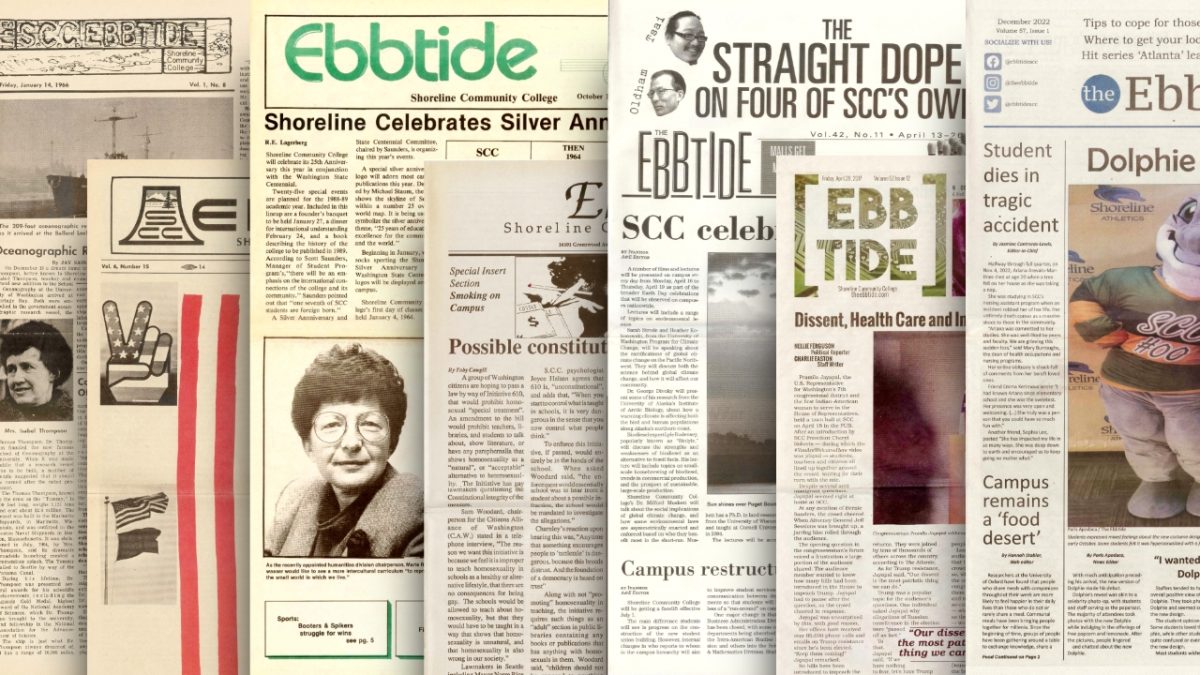
I can vividly recall sitting in a hotel room one night about 15 years ago, watching an unnerving, black-and-white television show.
The episode was called "Nightmare at 20,000 Feet.” In it, William Shatner (of “Star Trek” fame) rides in an airplane only to be tormented by a creature that begins tampering with the wing outside his window. No one else believes him, and as viewers witness his fruitless efforts to warn the crew, the frustration of the predicament becomes tangible.
It was unexpectedly eerie at the time — and may well have been my first introduction to “The Twilight Zone.”
No discourse about classic, midcentury television would be complete without mention of the enduring series, which ran from 1959-1964 on CBS.
In the 1950s, American screenwriter Rod Serling wanted to bring timelier topics to the otherwise tame world of 20th century TV. In an effort to outsmart the stubborn network censors, he took a Trojan horse approach by incorporating relevant societal themes into his stories under the guise of fantastical plots — enough for the sponsors to look the other way, perhaps, but also enough for viewers to learn a weekly lesson about themselves.
Although Serling was harshly opposed to censorship, these restrictions may have proved to be a blessing in disguise. He was forced to use his social commentary sparingly yet smartly, which allowed the themes in each episode to remain broad enough to apply to any time or place for years to come.
The anthology series features half-hour tales (save for season four’s hour-long shows) which span genres from drama to science-fiction and feature subject matters ranging from lighthearted to mysterious.
In “Dark is the Night, Color Me Black,” a town is consumed by a midday darkness that symbolizes its residents’ own prejudice. “The Monsters Are Due on Maple Street” sees a neighborhood perplexed and frightened by a sudden loss of electricity — one they suspect is the work of extraterrestrial beings but is in reality the result of something much closer to home.
Although Serling wrote 92 of the 159 episodes himself, he often adapted stories from renowned sci-fi authors of the day such as Ray Bradbury and Charles Beaumont.
“The Twilight Zone” excels in the art of taking regular people and throwing them into uncanny settings and situations, oftentimes accompanied by a moral message that emphasizes self-reflection and humanity.
Back then, it was ahead of its time. Today, it is timeless.
All seasons of “The Twilight Zone” except season four can be streamed on Netflix.







